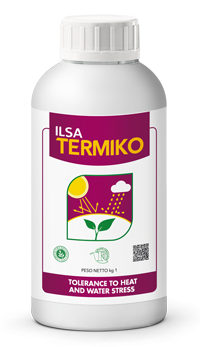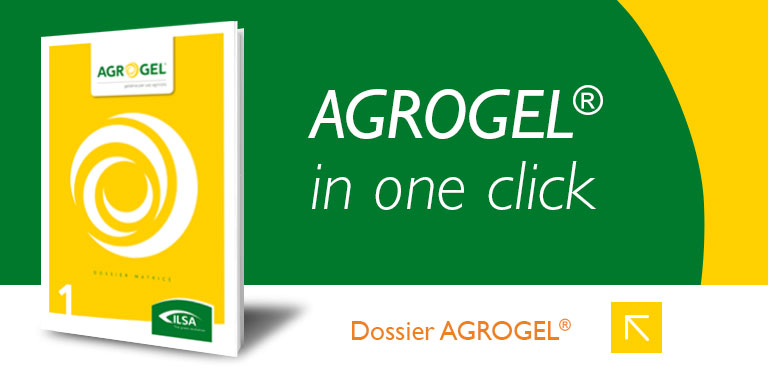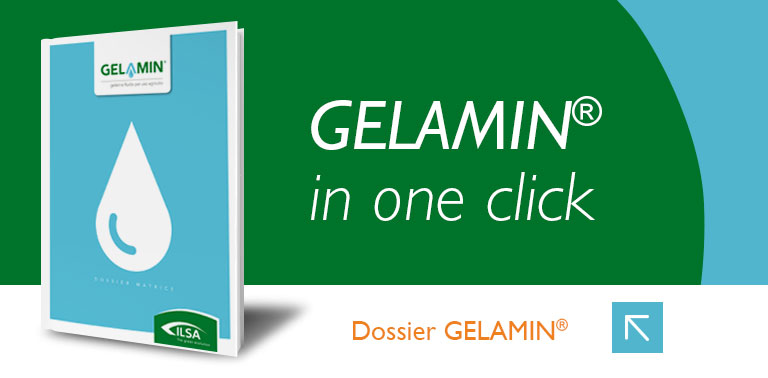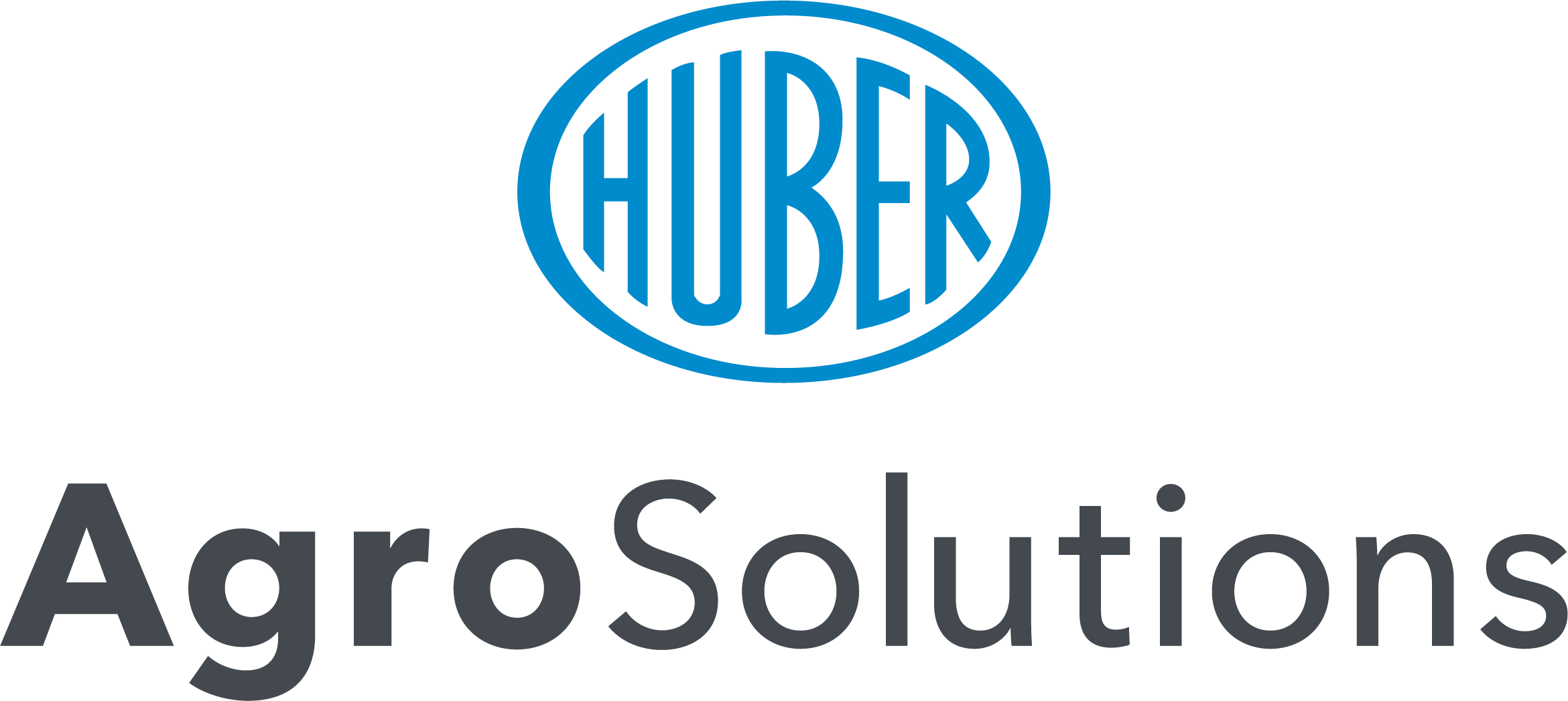IMPROVES RESISTANCE TO HEAT AND WATER STRESS
Plant growth is regulated in a very precise manner. Plants are strictly linked to their environment and each plantspecies has towards each environmental factor a tolerance range within which it can perform its vital functions. Below 0 °C photosynthesis is almost absent whereas above 50 °C protoplasm coagulation starts to take place. Within this range, each species and variety finds its ideal conditions.
To withstand extreme conditions (excessiveheat or cold) plants must implement natural mechanisms at the cell level, modifying solute concentration andosmotic pressure.
ILSATERMIKO is an efficient anti-stress product, thanks to the high content of free L-amino acids (from enzymatic hydrolysis), especially proline, hydroxyproline, glycine, serine, glutamic acid, cysteine and other essential aminoacids that increase the concentration of cell solutes to ensure protection from osmotic stress, dehydration andthermal leaps. ILSATERMIKO also acts in the critical ripening stages thanks to the crucial role of the free L-aminoacids in regulating the transpiration of plant tissues.
ILSATERMIKO improves plant tolerance to environmental stresses, in particular that of fruit vegetable crops in the greenhouse and open field, table and wine grapes and nursery and ornamental plants, thanks to its effective action during both the vegetative and the ripening stages.
Chemical and physical features
- LIQUID BROWN COLOUR
- pH 5,5 ± 0,5
- DENSITY 1,22 ± 0,02 kg/dm3
- CONDUCTIVITY E.C. 1,00 ± 0,20 dS/m
COMPOSITION
-
Total Nitrogen (N) 8,7 %
- Of which: Organic Nitrogen (N) 8,7 %
- Organic Carbon (C) 24,5 %
Contains in particular
- FLUID HYDROLYSATED ANIMAL EPITHELIUM
Characterising substances
- PROLINE, GLYCINE, SERINE, CYSTEINE, HYDROXYPROLINE, GLUTAMIC ACID
ACTIONS OF THE CHARACTERISING SUBSTANCES
| REDUCTION OF HEAT AND WATER STRESS | POST-STRESS GROWTH RESUMPTION | |
|---|---|---|
| HIGH CONTENT OF FREE L-PROLINE |

|
|
| ANTI-STRESS L-AMINO ACIDS |

|

|
Doses and methods of use of the fertilizer
-
Citrus
-
All1,5 - 2 kg/ha2-3 applications, every 7-10 days, in case of stress event and in the ripening stage
-
-
Fruit
-
Blackberry1,5 - 2 kg/ha2-3 applications, every 7-10 days, in case of stress event and in the ripening stage
-
Blackcurrant1,5 - 2 kg/ha2-3 applications, every 7-10 days, in case of stress event and in the ripening stage
-
Blueberry1,5 - 2 kg/ha2-3 applications, every 7-10 days, in case of stress event and in the ripening stage
-
Kiwi2-2,5 kg/ha2-3 applications, every 7-10 days, in case of stress event and in the ripening stage
-
Raspberry1,5 - 2 kg/ha2-3 applications, every 7-10 days, in case of stress event and in the ripening stage
-
Redcurrant1,5 - 2 kg/ha2-3 applications, every 7-10 days, in case of stress event and in the ripening stage
-
-
GrapeVine
-
All2-2,5 kg/ha2-3 applications, every 7-10 days, in case of stress event and in the ripening stage
-
-
Greens and Nurseries
-
Ornamental and Forest Nurseries50-100g - 100l2-4 applications every 8-10 days in full vegetative development
-
-
Leafy vegetables
-
Artichoke2,5 - 3 kg/ha2-4 applications every 8-10 days in full vegetative development
-
Arugula2,5 - 3 kg/ha2-4 applications every 8-10 days in full vegetative development
-
Basil2,5 - 3 kg/ha2-4 applications every 8-10 days in full vegetative development
-
Beet2,5 - 3 kg/ha2-4 applications every 8-10 days in full vegetative development
-
Chicory2,5 - 3 kg/ha2-4 applications every 8-10 days in full vegetative development
-
Chicory2,5 - 3 kg/ha2-4 applications every 8-10 days in full vegetative development
-
Endive2,5 - 3 kg/ha2-4 applications every 8-10 days in full vegetative development
-
Lettuce2,5 - 3 kg/ha2-4 applications every 8-10 days in full vegetative development
-
Parsley2,5 - 3 kg/ha2-4 applications every 8-10 days in full vegetative development
-
Spinach2,5 - 3 kg/ha2-4 applications every 8-10 days in full vegetative development
-
-
Olive Tree
-
All1,5 - 2 kg/ha2-3 applications, every 7-10 days, in case of stress event and in the ripening stage
-
-
Pome fruits
-
Apple2-2,5 kg/ha2-3 applications, every 7-10 days, in case of stress event and in the ripening stage
-
Pear2-2,5 kg/ha2-3 applications, every 7-10 days, in case of stress event and in the ripening stage
-
-
Stone fruits
-
Apricot2-2,5 kg/ha2-3 applications, every 7-10 days, in case of stress event and in the ripening stage
-
Cherry2-2,5 kg/ha2-3 applications, every 7-10 days, in case of stress event and in the ripening stage
-
Nectarine2-2,5 kg/ha2-3 applications, every 7-10 days, in case of stress event and in the ripening stage
-
Peach2-2,5 kg/ha2-3 applications, every 7-10 days, in case of stress event and in the ripening stage
-
Plum2-2,5 kg/ha2-3 applications, every 7-10 days, in case of stress event and in the ripening stage
-
-
Vegetables
-
Brussels sprouts2,5 - 3 kg/ha2-4 applications every 8-10 days in full vegetative development
-
Eggplant2-3 kg/ha2-4 applications every 8-10 days in full vegetative development
-
Garlic / Scallion2-3 kg/ha2-4 applications every 8-10 days in full vegetative development
-
Horticulture in greenhouse1,5 - 2 kg/ha2-3 applications, every 7-10 days, in case of stress event and in the ripening stage
-
Melon2,5 - 3 kg/ha2-4 applications every 8-10 days in full vegetative development
-
Onion2,5 - 3 kg/ha2-4 applications every 8-10 days in full vegetative development
-
Pepper2-3 kg/ha2-4 applications every 8-10 days in full vegetative development
-
Processing Tomato3-4 kg/ha2-4 applications every 8-10 days in full vegetative development
-
Savoy Cabbage2,5 - 3 kg/ha2-4 applications every 8-10 days in full vegetative development
-
Spring Cabbage2,5 - 3 kg/ha2-4 applications every 8-10 days in full vegetative development
-
Strawberry2,5 - 3 kg/ha2-4 applications every 8-10 days in full vegetative development
-
Tomato2-3 kg/ha2-4 applications every 8-10 days in full vegetative development
-
Turnip Tops2,5 - 3 kg/ha2-4 applications every 8-10 days in full vegetative development
-
Watermelon2,5 - 3 kg/ha2-4 applications every 8-10 days in full vegetative development
-
The dose indicated in the table has been calculated by taking into account an irrigation volume of about 500-600 litres of water per application. The doses shown should be considered as merely indicative and may vary according to pedoclimatic conditions and average yields expected.











.png)
















